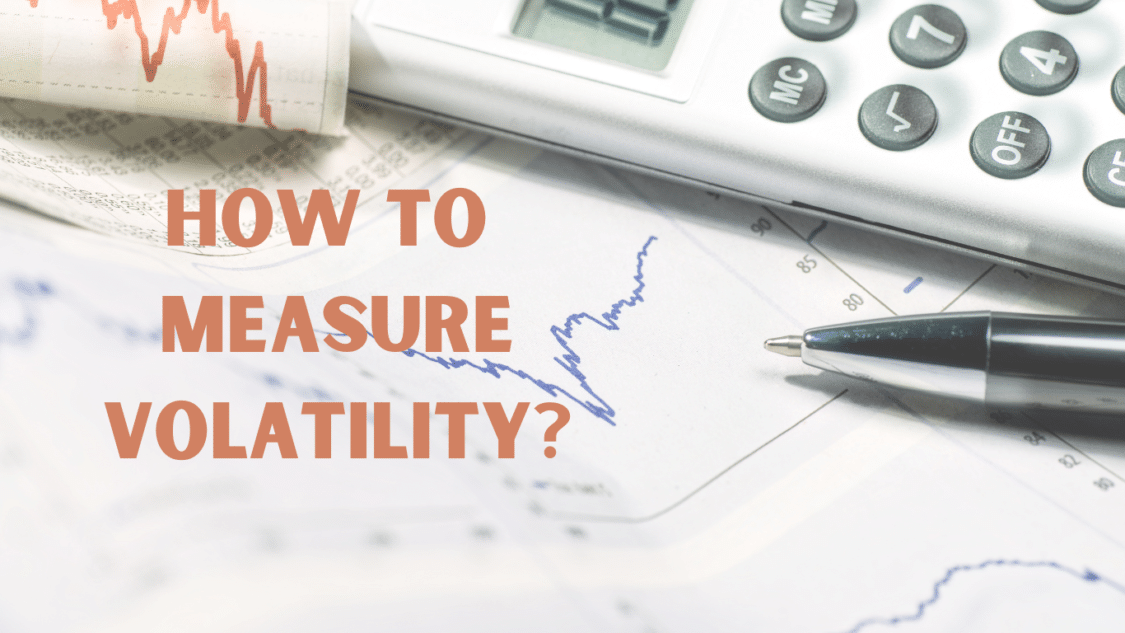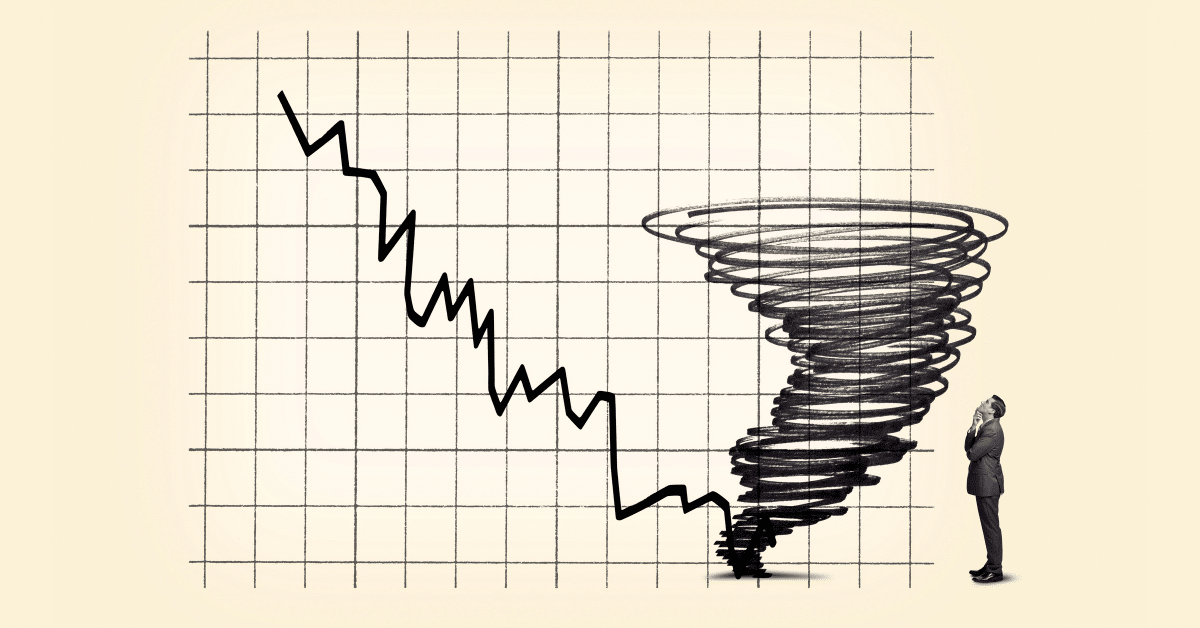You’ve probably heard about the term volatility if you’re a crypto investor. Cryptocurrency is highly volatile; on the same note, it can create significant short-term gains. Volatility is measured in various ways. First, let’s go into the first measurement method, Historical Volatility. This refers to observing past changes in the market and, therefore, the asset’s price within a period. Second, we have Implied volatility, predicting the movements within a market. The term implied is because there is no way to know for sure, but we can assume and predict what will come ahead of us.
How is Volatility calculated?

There are various ways to measure Volatility; let’s discuss some of the common ones below:
- Standard Deviation is the most popular way to measure Volatility. It calculates the degree of variation in the price of an asset around its mean or average price over a certain period. The higher the Standard Deviation, the higher the Volatility of the asset.
- Historical Volatility calculates the Standard Deviation of an asset’s price over a specific period, like the past 30 or 60 days. Historical Volatility can be used to compare the Volatility of different assets.
- Implied Volatility, which derives from options pricing models, represents what the market believes will happen to Volatility in the future. Implied volatility is calculated using the Black-Scholes options pricing model and the price of options on an asset.
- Beta: This measure compares the Volatility of an asset to the overall market. A beta of 1 implies that the asset’s Volatility is the same as the market’s, while a beta higher than 1 indicates that the asset is more volatile than the market. A beta below 1 indicates that the asset is less volatile than the market.
Volatility – The Causes:

- Supply and Demand: One of the primary causes of volatility is supply and demand. When demand for a particular asset is high, the price goes up. Conversely, when supply exceeds demand, the price decreases. This dynamic can occur in the stock market, with commodities and cryptocurrencies.
- Speculation and Hype: Speculation and hype can also be a cause for volatility in markets. This usually occurs when investors buy and sell assets based on their expectations of future price movements rather than the underlying fundamentals of the asset. For example, when a new cryptocurrency is introduced, people may speculate about its future value, leading to a rush of buying and selling that can cause the price to soar. However, if the hype dies down, the price may collapse significantly.
- News and Events: News and events can also significantly impact volatility—like economic data releases, political developments, natural disasters, and other unforeseen circumstances. For instance, if a company reports big earnings, its stock price may increase, while a negative earnings report could lead to a decline in price. Similarly, geopolitical events like wars, elections, and policy changes can also affect the market.
- Market Structure: Market structure also contributes to volatility. If a particular asset is subtly traded, it may be a victim of sudden price movements due to a lack of liquidity. Additionally, if there are regulatory changes or market disruptions, it can lead to increased volatility.
- Psychological Factors: Lastly, psychological factors can also affect volatility. Fear and greed are emotions that can push investors to buy and sell assets, often without proper analysis. If a market is experiencing a lot of fear or greed, it can lead to sharp price movements and increased volatility.
Cost of Production

The cost of production is another major factor that can affect volatility. The cost of the token output comes with two main factors, the network hash rate and the power consumption of the network. It becomes harder to mine and less profitable for miners to keep mining a given cryptocurrency.
If mining becomes ineffective, miners can give up and migrate to a different cryptocurrency. It usually occurs if miners switch to more profitable tokens or hold onto them longer. The competition between assets takes a significant toll on this as well.
In addition to the network hash rate and power consumption, a cryptocurrency’s production cost can also be influenced by external factors like government regulations and market demand. For instance, if a government has strict laws on cryptocurrency mining or trading, it can increase the cost of production for miners and, as a result, limits the token’s supply, leading to higher prices and increased volatility.
Moreover, market demand for a particular cryptocurrency can also affect its cost of production. If a cryptocurrency gains widespread adoption and usage, the need for mining may increase, leading to higher production costs. On the other hand, if market demand decreases, production costs may also decrease, making it less profitable for miners and potentially leading to a decline in the token’s value. The cost of production is a complex and dynamic factor that can significantly impact cryptocurrency volatility. Various internal and external factors influence it and can be difficult to predict or control.
Conclusion
Volatility is quite essential when examining the risks of an investment. Investors are to diversify their asset classes to prevent risks. They might also consider combining their assets in the risky stock market with those in the less volatile bond market. Some cryptocurrency investors believe that it is part of the game and that this is why large profits are possible.
Are you interested in the 5 Big Bitcoin Crashes?




